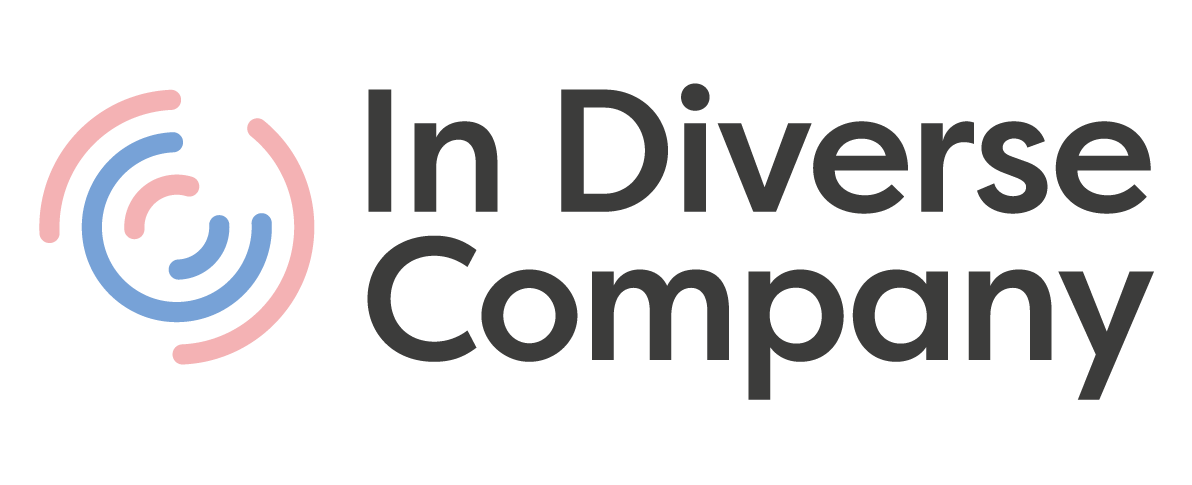By Manasi Bharati, Content Consultant
Recently, I had a day of back-to-back meetings that lasted for hours. At the start of the day, I was pumped up to have so many different interactions, on distinct projects, with people across several parts of the globe – all while sitting in the comfort of my home. But the online interactions soon tired me out and I could barely focus on the remainder of the meetings as I got the video fatigue and wondered if these would have been less tiring in person. I then wouldn’t have had to worry about the internet connection, fixing my background, ensuring there aren’t too many disturbances, making sure that there is no virtual miscommunication and so on. On the other hand, in-person meetings would have caused me other worries – reaching the venues on time, carrying the required physical resources, wondering when the next loo break would be, etc. The only thing that comforted me was knowing that I am not alone in this (we don’t like exclusion, do we?)!
What the surveys say
A recent article by the Wall Street Journal (“The Pain of the Never-Ending Work Check-In”, 2021) says that meeting burnout has gotten worse in the pandemic and it is only likely to get worse as organisations will adopt hybrid working models. That makes sense considering some people will join meetings on video calls (with the cameras off) while others will join in person in conference rooms, and all will try to navigate the meeting agenda and reach a conclusion, all while asking each other if they can hear them. Another study by Doodle, a meeting scheduling tool, confirmed from more than two-thirds (69%) of the surveyed 1000 employees that the number of meetings had gone up. This affected their performance negatively, as 56% of employees felt that they were swamped with meetings at work which left them with no time to focus on getting the actual work done.
A Harvard Business School study covering metadata from over 3 million meeting attendees found that the number of meetings and the attendees in these meetings in the pandemic both have gone up by around 13%. This means more agenda-setting, more meeting invites, more interactions, more notetaking, more debriefs – all of which have lengthened an average employee day by almost an hour with increased email activities – taking away time from their diaries.
With the pandemic kicking off a wave of remote working and more focus on work-life balance and well-being, two things have constantly troubled managers the world over (and often wrongly): a. Are my employees actually working? b. I have to be an empathetic leader which means I have to constantly check-in with my employees. These beliefs have led managers to micromanage their teams and implement ways to keep a tab on employees they don’t trust, resulting in more meetings and more frequent check-ins. Therefore, it wasn’t surprising that a LinkedIn survey saw 41% of respondents pleading that they would like these daily check-ins to stop so that they will have more time to manage their workdays and perform better.
The good news however is that the meeting durations have reduced by about 20% than before since having switched to the virtual mode (Harvard Business School, 2021). But this is also another factor contributing to the increased number of meetings as more of them can be squeezed in a working day. Experts say that this isn’t necessarily sustainable – making 15-minute cameos in several meetings, not attending either fully, delegating different members to different meetings, catching up with all in yet another meeting, toggling between multiple meetings – eventually, end up taxing our brains further.
So, what can you and your organisation do about this meeting inflation?
- Have dedicated meeting days or timings: At IDC, we have a ‘No-meeting Wednesdays’ policy which really helps us to get on with our projects and work undisturbed. Of course, ad hoc meetings can be addressed based on urgency, and only those who are really needed will attend such meetings. Many organisations have adopted this approach of dedicating specific days for meetings which allow a conscious decision to be made about the agenda, the invitees and the plans of action.
- Be empathetic: Check for people’s calendars and meeting schedules. Avoid over-booking people and respect their break timings, even in a global working environment with different time zones. Sometimes being empathetic doesn’t only mean checking in with how others are feeling, but also means thinking of how you can care for them by saving them from another meeting in their calendar or scheduling a meeting at an appropriate time for all the parties.
- Set boundaries: If possible, have a limit on the number of meetings per day. Block your calendars for yourself in which you can get time to do your work without getting disturbed (a couple of my colleagues already do this and the results have been great for them!). Cut down on the length of meetings and provide a structure to them beforehand.
- Everything doesn’t have to be a meeting: All discussions often turn into a meeting which could have been done via other methods like messaging, emailing or co-documenting. As far as possible, have meetings only with those needed, and for decision-making after the initial discussions and brainstorming have been done before in a non-meeting.
There is no guidebook about how many meetings are enough meetings; this depends on your team and your working style. Meetings themselves aren’t usually a cause of overload, but the way they are conducted is. So try to focus on your communication, tools and understanding.
Good luck in having meetings (or not having them)!
Liked this article? Share it with your network:
Here’s your next read: an article on how modern technology at the workplace affects mental health and what to do about it.






